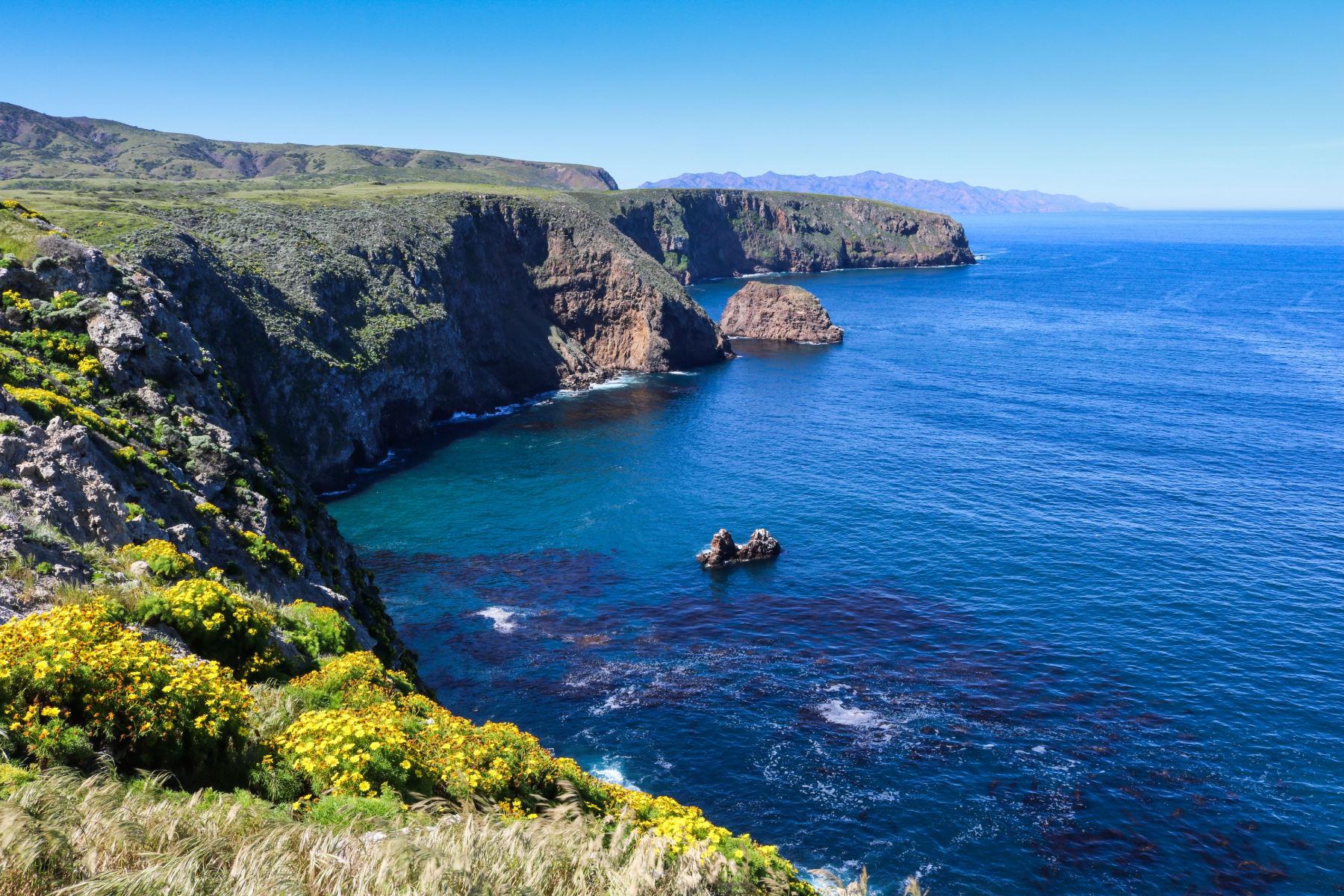
Article Summary: Channel Islands National Park Facts
Channel Islands National Park Facts. Who’s ready for some amazing facts about Channel Islands National Park?
The Channel Islands are no ordinary national park which becomes apparent when you realize that you cannot travel there by car. Nevertheless, it’s a magical place that offers its visitors a truly amazing experience.
More Than Just Parks is your one-stop-shop when it comes to learning everything you’ll need to know about America’s national parks. We’ve got expert guides, beautiful photos, helpful tips, breathtaking films, and so much more.
I’ve been to so many of these amazing places since retiring from teaching in 2018. Did I mention that I taught history? I spent a lifetime teaching about the history behind some of these natural wonders. Then I got to see them firsthand.
And now I’m sharing some of the incredible stories about these beautiful places with you. It doesn’t get any better than that!
To get you excited about planning your next visit, in this article, we’re covering 13 fascinating facts about Channel Islands National Park.
Table Of Contents: Channel Islands National Park Facts
Channel Islands National Park Facts
- Facts About Channel Islands National Park
- Channel Islands National Park Facts
- 1. The Channel Islands Have The Highest Concentration Of Prehistoric Sites In North America
- 2. Early Island Peoples Developed An Economy Based On Shellfish
- 3. San Miguel Island Was Named The Graveyard Of The Pacific
- 4. An Adventurer Made His Mark On Santa Rosa Island
- 5. Santa Rosa Island Was The “Island Of The Cowboys”
- Top 10 Channel Islands National Park Facts
- 6. Santa Cruz Island Became A Favored Film Destination
- 7. A Bootlegger Leased Anacapa Island
- 8. Painted Cave Was The Inspiration For Pirates Of The Caribbean
- 9. The Channel Islands Inspired A Book And Film About The Last Indigenous Native
- 10. A Seasonal Gathering Of Seals On San Miguel Island Is One Of The Largest In The World
- Top 13 Channel Islands National Park Facts
- Meet The Parks Brothers
- We Hope You’ll Follow Our Journey
Facts About Channel Islands National Park
Basic Facts About The Channel Islands
Channel Islands National Park is a national park located off the coast of the state of California. It consists of five islands: Anacapa, Santa Cruz, Santa Rosa, San Miguel, and Santa Barbara. The park covers an area of 249,354 acres and is known for its stunning views, clear blue waters, and diverse plant and animal life.
The park is home to a variety of plant and animal life, including over 2,000 species of plants and animals that are found nowhere else in the world. It is also home to a number of historic and cultural sites, including the Santa Barbara Visitor Center and the Island Packers Visitor Center, which offer visitors a chance to learn about the history and culture of the area.
In addition to its natural beauty, Channel Islands National Park offers a range of recreational activities, including hiking, rock climbing, and boating. The park also offers guided tours and ranger-led programs, which provide visitors with the opportunity to learn more about the park’s natural and cultural history.
Channel Islands National Park is a popular destination for visitors, with millions of people visiting each year to enjoy its natural beauty and recreational opportunities.
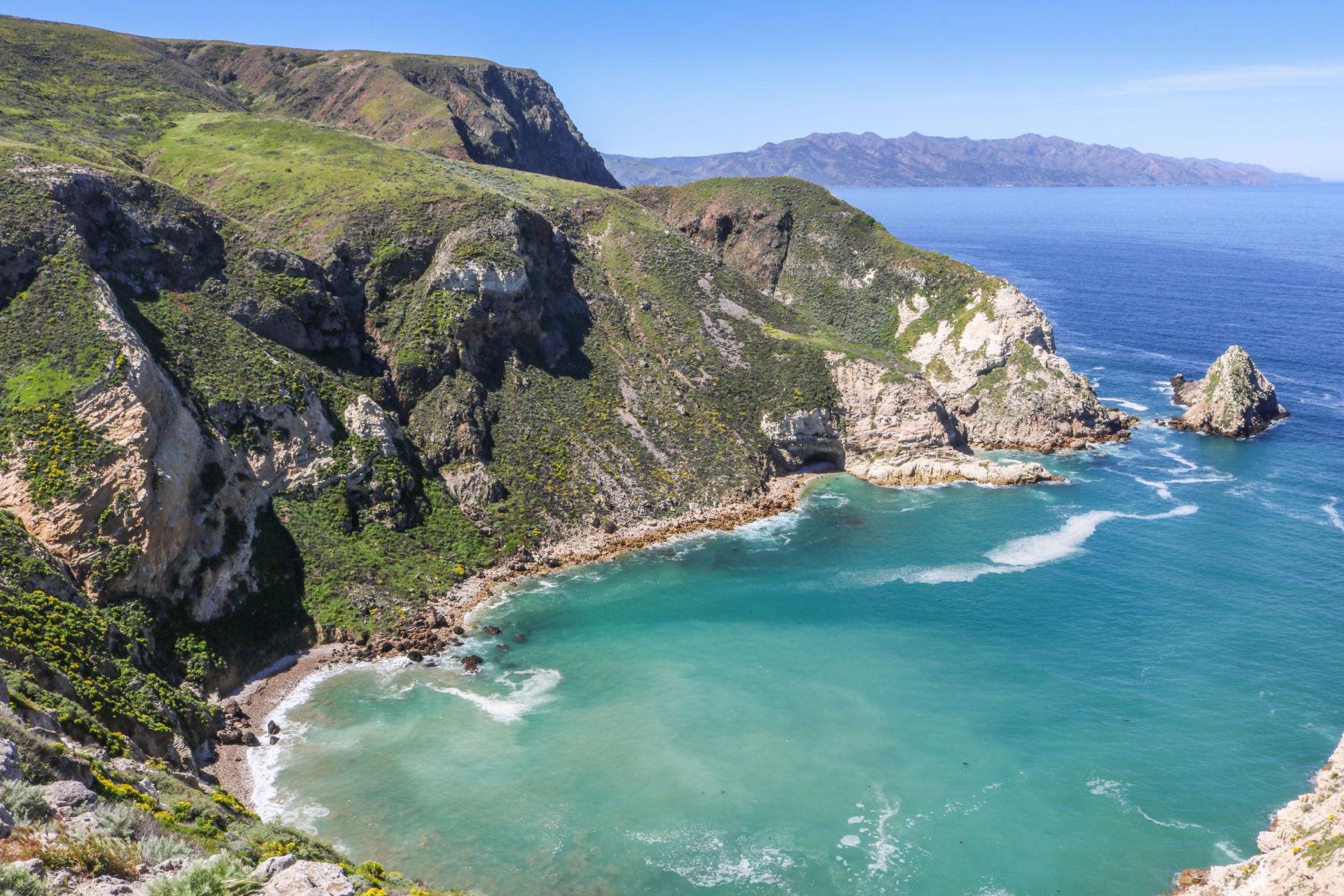
A Very Special Place
These islands’ unique geography over thousands of years has created animals, plants, and archeological resources found nowhere else on Earth.
The Channel Islands have helped to preserve a very special place where visitors can experience coastal California as it once was a very long time ago.
Camping is available year-round on all five islands. There are many trails and roads which traverse these islands and provide you with spectacular hiking opportunities.
Channel Islands National Park covers a total area of 249,354 acres.
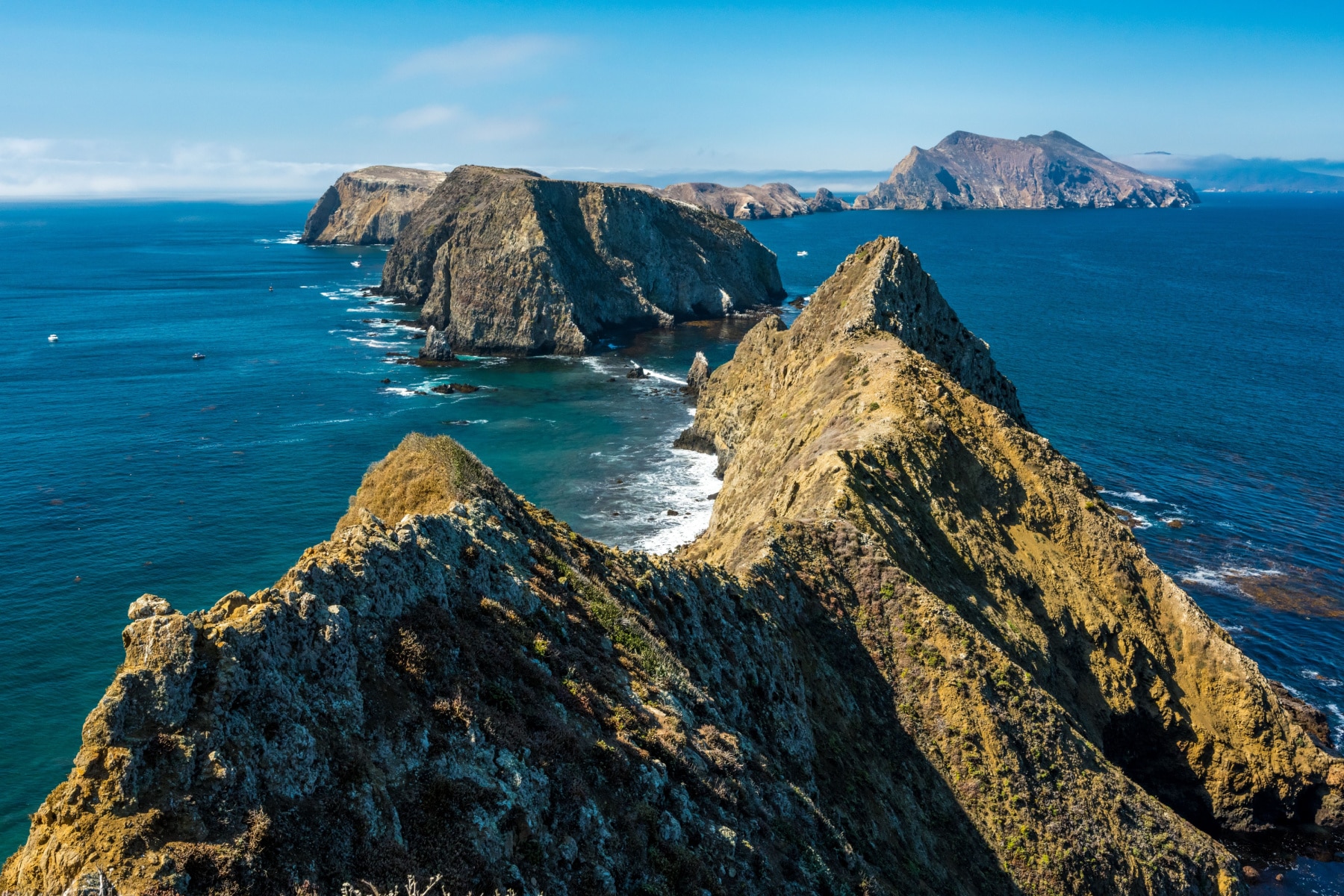
The Channel Islands Become A National Park
On April 26, 1938, President Franklin D. Roosevelt signed a proclamation designating Anacapa and Santa Barbara Islands as the Channel Islands National Monument.
On March 14, 1979, Congressman Robert J. Lagomarsino introduced a bill creating Channel Islands National Park.
President Jimmy Carter signed the legislation, Public Law 96-199, on March 5, 1980.
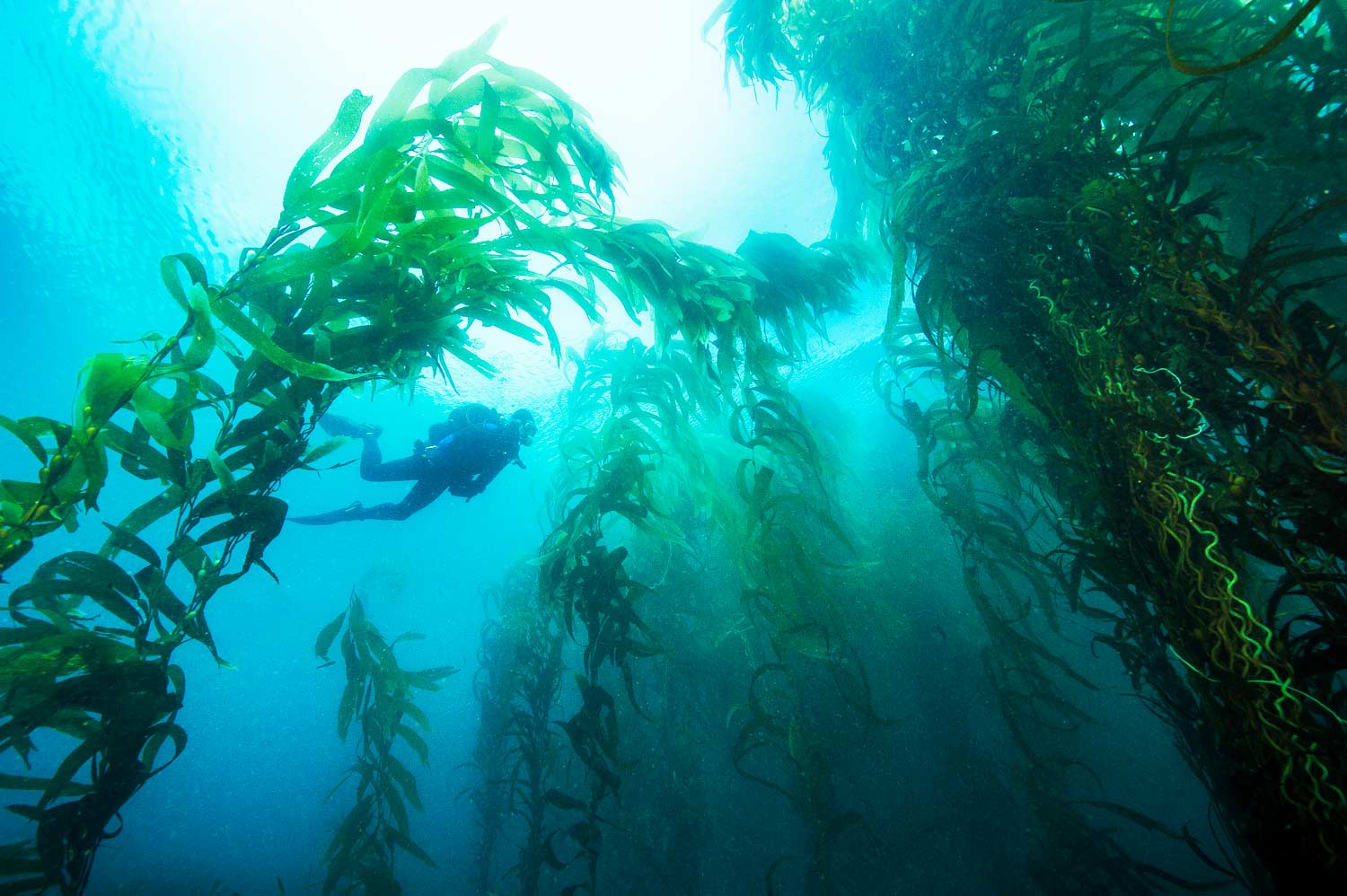
Channel Islands National Park Facts
1. The Channel Islands Have The Highest Concentration Of Prehistoric Sites In North America
If you’re interested in origin stories, then one of the most interesting Channel Islands National Park Facts is that along the Channel Islands, archaeologists have uncovered evidence of primitive sea-faring peoples that date back over twelve millennia. These people had the necessary skills and abilities to travel on open water in small boats.
The Santa Rosa and San Miguel Islands have the highest concentration of prehistoric sites in North America, which can be traced back nine thousand to thirteen thousand years ago.
When European explorers first reached the islands in the 16th century, they discovered a rich culture dependent upon the resources of the land and the sea for sustenance and survival.

CHECK OUT: 7 EPIC National Parks Near Lost Angeles You’ll Love
2. Early Island Peoples Developed An Economy Based On Shellfish
For me, one of the most intriguing of the Channel Islands National Park Facts involves the fact that the early natives of these islands maintained a subsistence existence that was largely based on marine products, which included fish, shellfish, and sea mammals. They also lived off of wild plants such as acorns.
According to the historical record, these early peoples can be described as foragers who learned how to store both food and water.
What’s even more fascinating is that they built a primitive economy that included a medium of exchange.
Their currency, if it could be called that, was shellfish or “shell money,” which they used to barter for the goods they needed.
CHECK OUT: 11+ AMAZING Facts About Acadia National Park
3. San Miguel Island Was Named The Graveyard Of The Pacific
The westernmost of the Channel Islands is San Miguel Island. It lies 26 miles south of Point Conception.
The island is often enveloped in fog and is considered to be one of the most dangerous to approach by sea.
Another of the extraordinary Channel Islands National Park Facts is that the island has claimed enough shipwrecks to earn the name “Graveyard of the Pacific.”
Between 1853 and 1980, more than 150 historic ships and aircraft are known to have wrecked within the boundaries of Channel Islands National Marine Sanctuary and National Park.
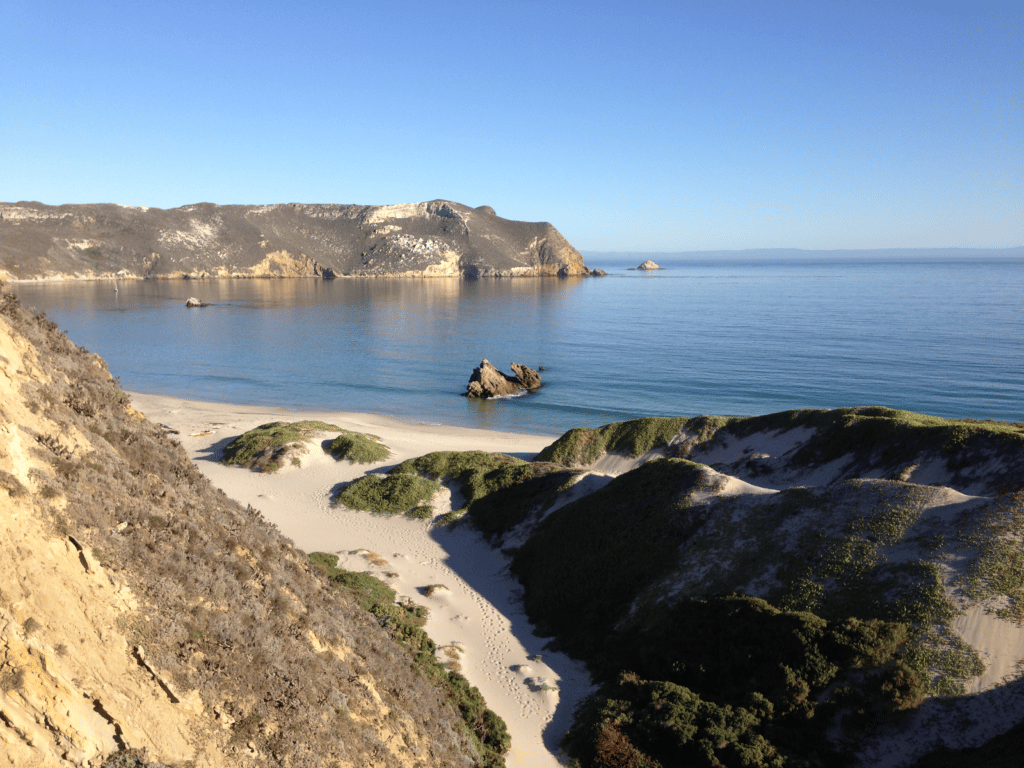
The Winfield Scott
The side-wheel passenger steamer Winfield Scott, on its last voyage, departed San Francisco on December 1, 1853, with over 500 passengers and a shipment of gold bullion.
The captain, Simon F. Blunt, attempted to save time by taking the Santa Barbara Channel instead of a passage outside the islands.
However, the ship crashed into Middle Anacapa Island at full speed in the fog, but fortunately, there was no loss of life. Most of the passengers were rescued eight days later by the steamer California.

CHECK OUT: 10 BEST Civil War Sites In America
4. An Adventurer Made His Mark On Santa Rosa Island
In addition to the magnificent scenery, what makes these places so fascinating are the stories of the people who impacted their history. One of my favorite Channel Islands National Park Facts involves the story of an adventurer named George Nidever.
According to the National Park Service, George Nidever was an American otter hunter and maritime tradesman who became known in Santa Barbara and the Channel Islands.
He arrived in Santa Barbara in 1835 and made at least two hunting expeditions to the islands. On his second trip, he went out with an African American hunter known as Black Steward and local hunter Isaac Sparks.
During this trip, they were attacked by a group of North West Indians who were also on a hunting party. Nidever and his companions exchanged gunfire with the attackers and managed to kill three and wound five others.
Nidever reported that thirteen canoes made the attack and that the Indians’ muskets had an “incredible” range of up to a mile.

To learn more about this remarkable man, check out The Life and Adventures of George Nidever, 1802 – 1883, by William Henry Ellison.
5. Santa Rosa Island Was The “Island Of The Cowboys”
Santa Rosa Island, one of the five islands that make up Channel Islands National Park, is known as the “Island of the Cowboys.”
This name comes from the island’s ability to grow, feed and water livestock, which made it an ideal location for one of California’s most successful sheep and (later) cattle ranches.
At its peak, the island was able to support up to 80,000 sheep and 8,000 cattle.
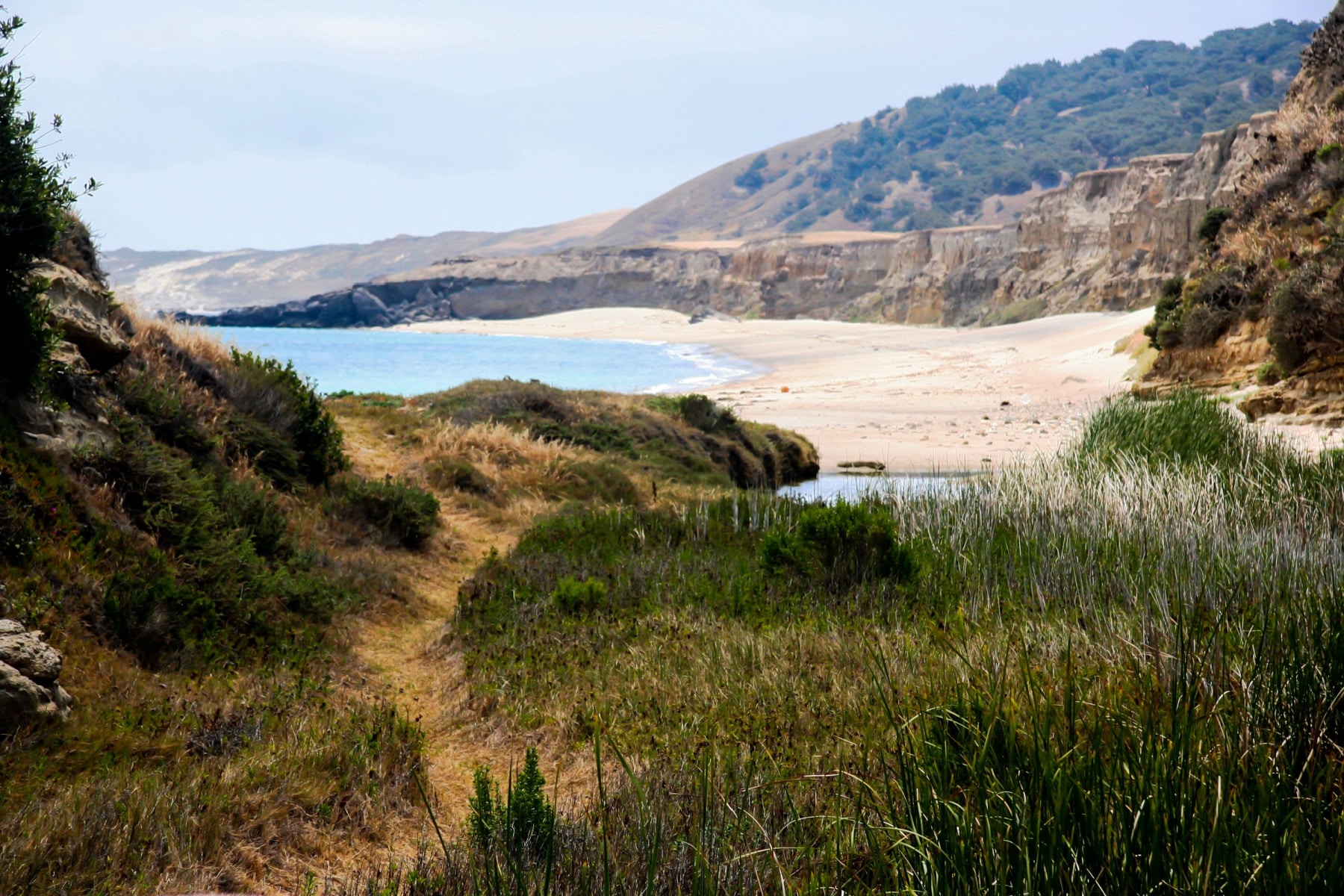
Top 10 Channel Islands National Park Facts
6. Santa Cruz Island Became A Favored Film Destination
Just when you thought we couldn’t come up with any more unbelievable Channel Islands National Park Facts, we’ve come up with another one. Another of the Channel Islands, Santa Cruz, became a favored location for Hollywood.
It provided the exotic location for films which included Pearls of Paradise (1916), Diamond In The Sky (1917), Male & Female (1919), Peter Pan (1924), and The Rescue (1928).

CHECK OUT: Look Familiar? 25+ CLASSIC Movies Filmed In The National Parks
7. A Bootlegger Leased Anacapa Island
Perhaps the least known of our Channel Islands Facts is that Anacapa Island, another of the Channel Islands that became a part of the national park was home to a bootlegger who leased the island.
Now if you’re unfamiliar with what a “bootlegger” is or what a bootlegger does (or did) then have no fear. As a retired history teacher, I’m only too glad to fill in the blanks with a short history lesson.
The Prohibition Era began in 1920 with the passage of the 18th Amendment to the U.S. Constitution, which banned the manufacture, transportation, and sale of intoxicating liquors.
The Volstead Act was passed to enforce the 18th Amendment. This increase in the illegal production and sale of liquor (known as “bootlegging”), the proliferation of speakeasies (illegal drinking spots) and the accompanying rise in gang violence and organized crime led to waning support for Prohibition by the end of the 1920s.
In 1933, the 21st Amendment was adopted and ratified, which repealed the 18th Amendment and thus ended the Prohibition Era on December 5, 1933.
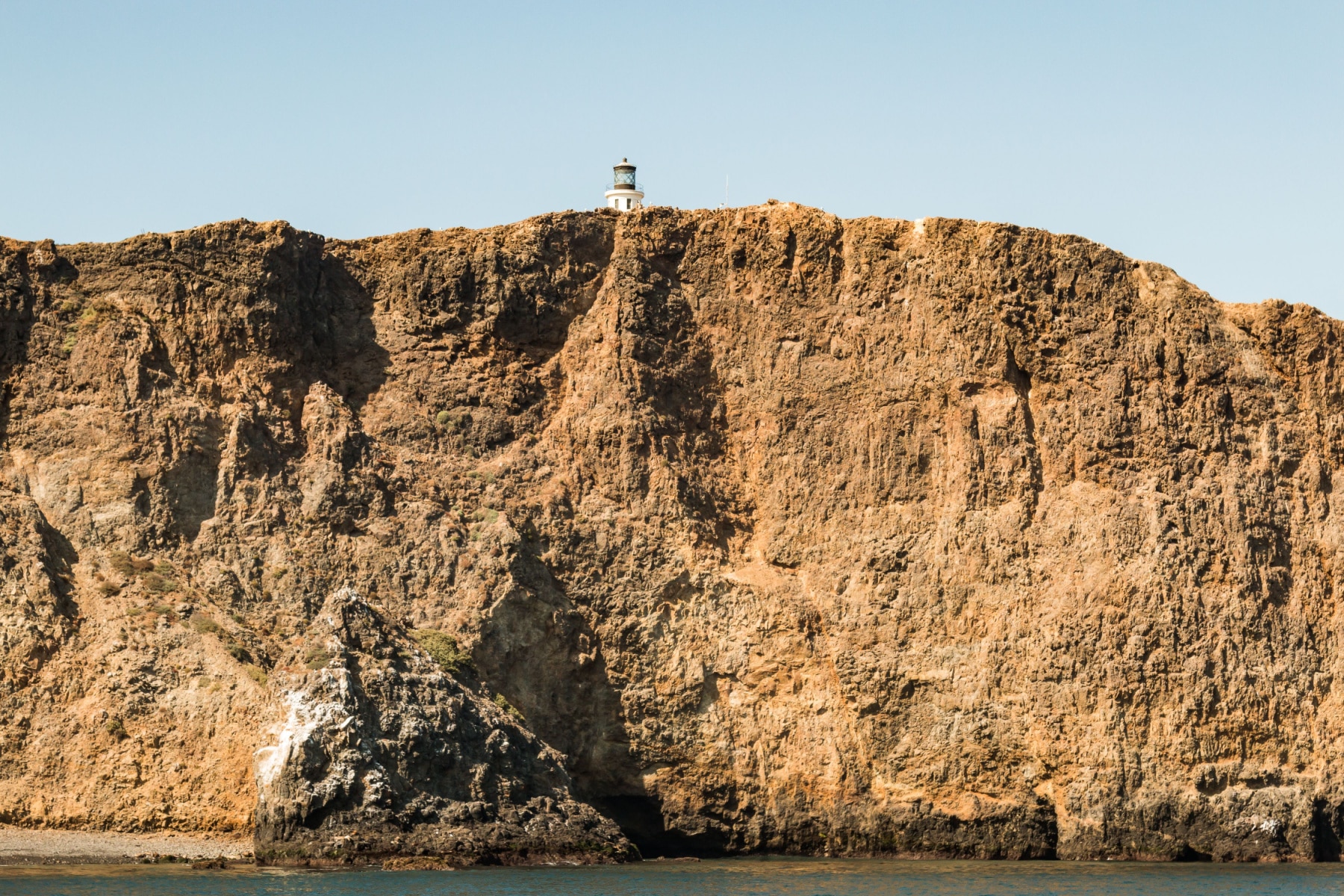
Enter Ira Eaton
Now that you have the backstory, enter Ira Eaton and his wife Margaret. They operated a resort on Santa Cruz Island that catered to sailors, fishermen, and film crews.
Being an enterprising capitalist, Eaton wanted to be able to offer his customers a product, which despite being outlawed, was in high demand.
For ten years (1917-27), Eaton held a lease to Anacapa Island. He used this lease to provide storage for bootlegged liquor which he ran into various ports on the Southern California coast after the start of Prohibition in 1919.

The Island Also Had Its Own Hermit
After Ira Eaton’s lease expired on Anacapa Island, another interesting character would add to the local lore.
Raymond “Frenchy” Le Dreau was born in Brittany, France, on April 15, 1875. He had studied for the priesthood but became disenchanted with the church and chose to travel on merchant vessels to China and America.
Sometime around 1889, he signed up for a tour with the U.S. Navy, and in 1898, he served in the Spanish-American War. Frenchy eventually drifted to San Pedro and later became a skiff fisherman out of a lobster camp in Baja, California, which at the time was called Lower California.
Frenchy married in San Pedro, California. He and his wife, Emma, had three children. Tragically, Emma became one of the victims of the Spanish Flu, which killed an estimated 675,000 people in the United States. After her death, Frenchy sought solitude and wine.

He Built His Own Cabin On The Island
Frenchy built a cabin on Anacapa Island.
A narrow trail led from his shack to the beach, where he kept his lobster traps, fishing gear, and skiff. He often traded lobster for necessary supplies and liquor. Although fresh water was always scarce, he begged it from vessels that anchored off his cove.

After Anacapa Island became a National Monument in 1938, Frenchy acted as the unofficial Park Service representative, reporting acts of vandalism and island activities.
After World War Two, friends helped Frenchy apply for a state old-age pension. California authorities, concerned about his advanced age, living conditions, failing sight, and failing health, told him he needed to leave the island.
In 1954, after suffering injuries in a fall in his 80th year, he regretfully agreed.
He moved to a house in Santa Barbara at 520 Garden Street, where he lived another eight years. Frenchy died on April 21, 1962, and he is buried in Calvary Cemetery.
CHECK OUT: 25 Bucket List Famous Landmarks In America (MUST-SEE)
8. Painted Cave Was The Inspiration For Pirates Of The Caribbean
If you’re a fan of the film series Pirates of the Caribbean, then you’ll be interested to learn that Painted Cave and the other sea caves on Santa Cruz Island were the inspiration for some of the sets on Pirates of the Caribbean.
This sea cave is gigantic, making it the twelfth-largest sea cave in the world and the second-largest in the USA. It is 1227 feet in length and has an entrance that’s over 130 feet high.
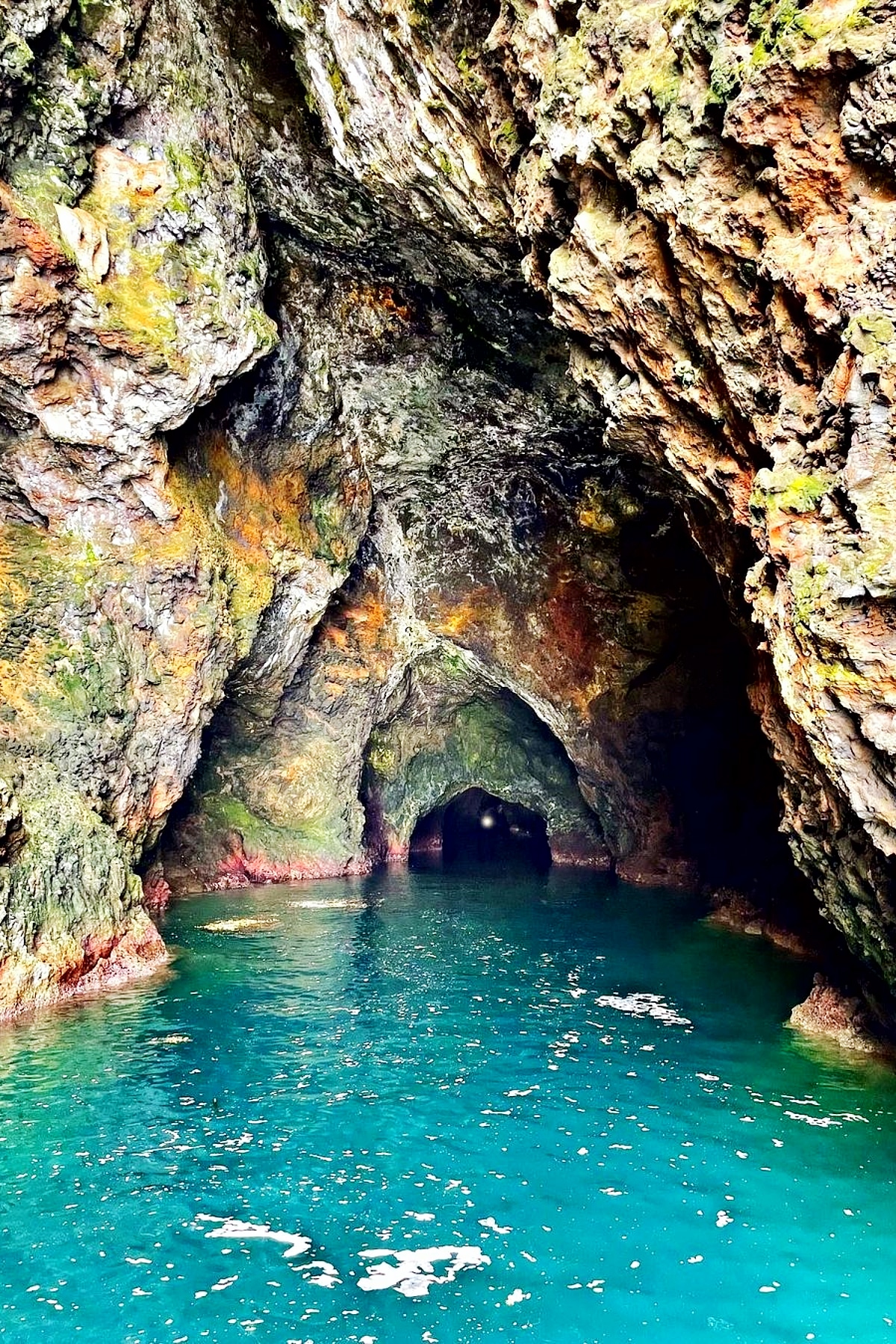
9. The Channel Islands Inspired A Book And Film About The Last Indigenous Native
Though it’s not one of the five islands comprising the Channel Islands National Park, San Nicholas has its own place in the history of these magical islands.
Another of the extraordinary Channel Islands National Park Facts involves the incredible story of The Lone Woman of San Nicholas.
The native population of San Nicholas was removed to the mainland. Then a story began circulating about a lone woman who remained on the island. In 1850, a Franciscan of the Santa Barbara Mission offered a reward of $200 to anyone who could find this illusive woman.
It was the adventurer George Nidever, of Channel Islands fame, who went out as part of a hunting and fishing party. According to Frederic Chiles, on the west end of the island, they discovered a windbreak made of whale ribs and sticks, which were covered with brush.
Inside, to their amazement, was a woman clothed in a dress of skins and feathers. She followed the men to their boat and made the trip to Santa Barbara, where she was hailed as a local sensation.
Island Of The Blue Dolphins
Nidever took her to his house, where she entertained the locals with sign language and pantomime. Unfortunately, no one could speak her language.
Nevertheless, the people who encountered her were fascinated. She was given foods that she had not tasted before, which included fruit, meat, and vegetables. This would prove to be her undoing, however, as her system was unable to cope.
Seven weeks after she began eating these foods, she died of an intestinal disorder. She was given the name of Juana Maria by the Franciscans and buried in the Santa Barbara Mission Cemetery.
Her story was the inspiration for Scott O’Dell’s successful 1960 novel titled Island of the Blue Dolphins.
In 1964, it was made into a film of the same name.
10. A Seasonal Gathering Of Seals On San Miguel Island Is One Of The Largest In The World
One of my favorite Channel Islands National Park Facts involves the seasonal gatherings of pinnipeds on San Miguel Island – northern elephant seals, California sea lions, harbor seals, and northern fur seals – are one of the largest congregations of wildlife in the world.
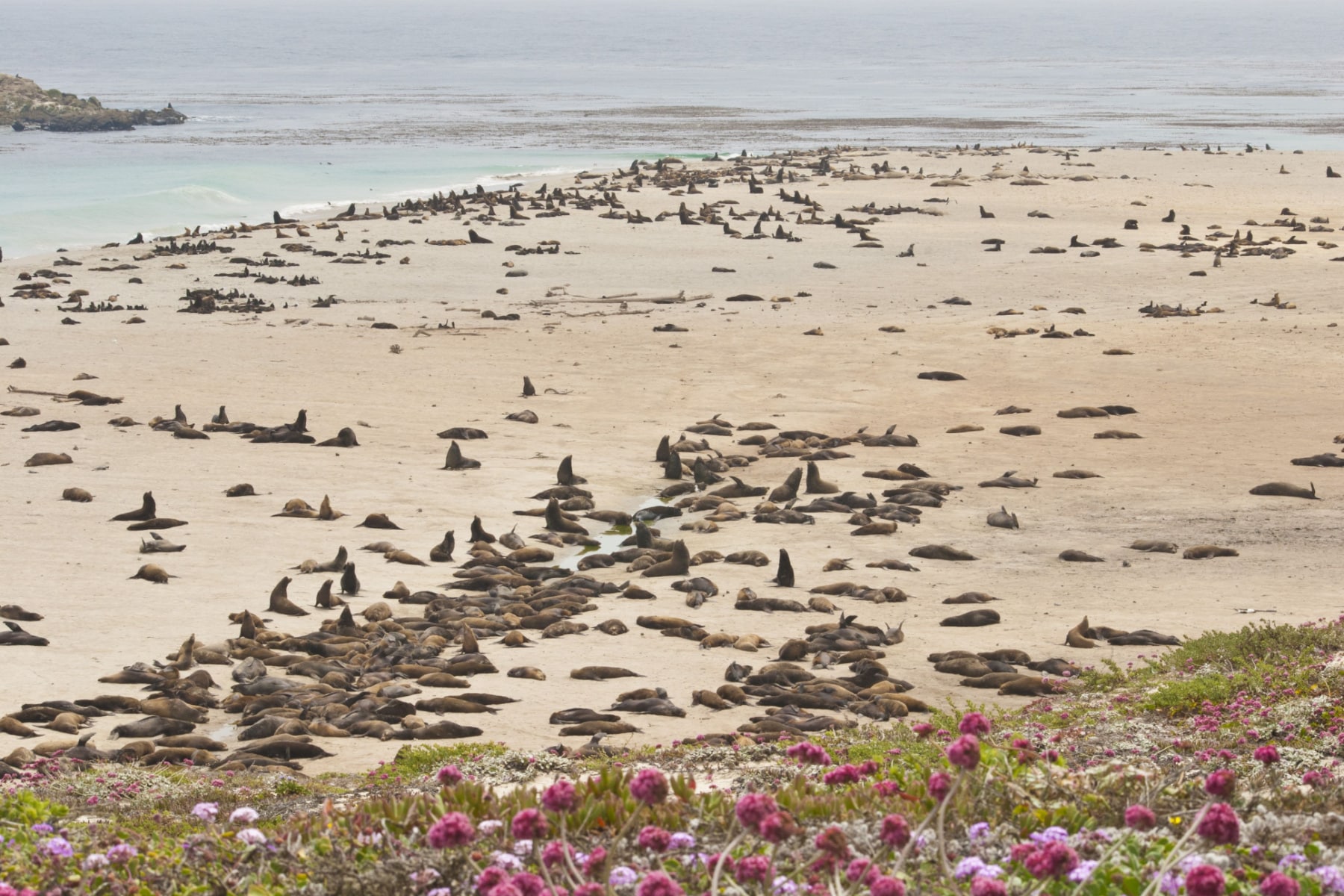
Top 13 Channel Islands National Park Facts
11. There Are Few Mammals On The Channel Islands
If you’re looking for wildlife on the Channel Islands, then you should know that what you discover will be unique.
The only native land mammals are the island fox, the island deer mouse, the harvest mouse and the spotted skunk.
Bats are found there as well.
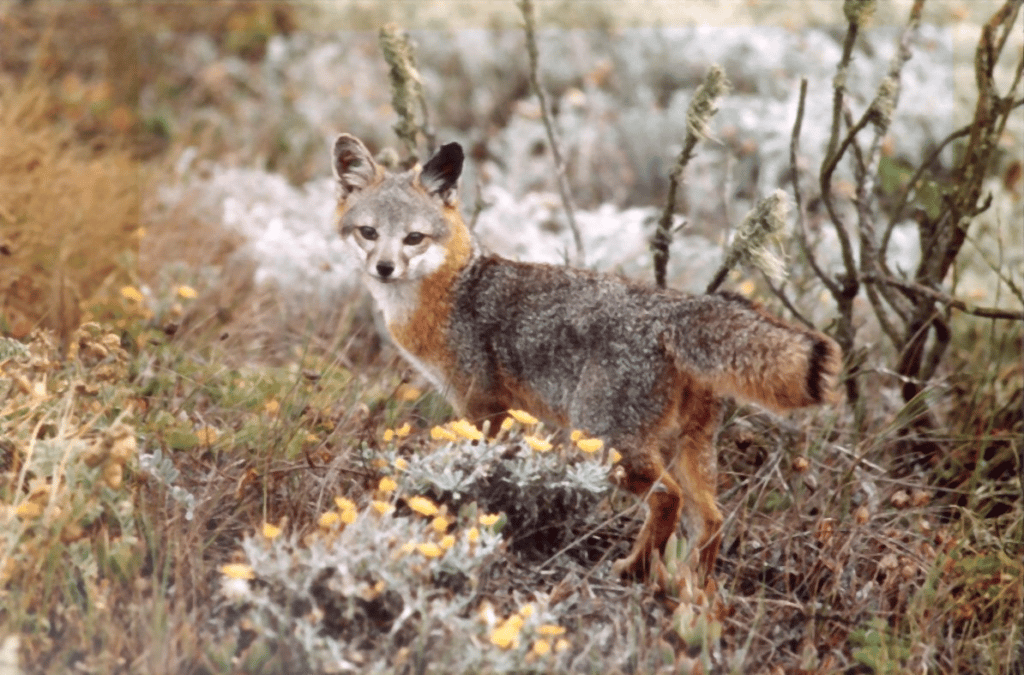
12. See The Whales Up Close At The Channel Islands
You can get an up-close view of the gray whale migration, which happens every year from December through mid-March.
To do so, hike up the short trail to Cavern Point and then look out from the hill above Scorpion Anchorage.
While I can’t guarantee that you’ll see them when you’re there, the odds are definitely better than most other places. And if you do see them, then you’ll definitely have a whale of a time.

13. Kayak With Harbor Seals At The Channel Islands
Now here’s what I consider to be the most fun fact when it comes to our Channel Islands National Parks Facts. If you enjoy kayaking, then you might find yourself with some unexpected company at Channel Islands National Park.
Harbor Seals like to swim alongside kayaks outside of the caves.
So if you don’t mind a little company, then grab your kayak and paddle out.

Why Trust Us About Channel Islands National Park?
We’re Jim Pattiz and Will Pattiz, collectively known as the Pattiz Brothers (and sometimes the Parks Brothers), and we absolutely LOVE the national parks.
You should probably know that we don’t just make this stuff up out of thin air. We’ve spent our entire adult lives exploring and filming America’s national parks and public lands.
We’ve worked with the National Park Service, the Department of Interior, the USDA, and the U.S. Forest Service for years, creating films on important places and issues. Our work has been featured in leading publications all over the world, and even some people outside of our immediate family call us experts on national parks.

Meet The Parks Brothers
Map Of Channel Islands National Park
List Of Channel Islands National Park Facts
- The Channel Islands Have The Highest Concentration Of Prehistoric Sites In North America
- Early Island Peoples Developed An Economy Based On Shellfish
- San Miguel Island Was Named The Graveyard Of The Pacific
- An Adventurer Made His Mark On Santa Rosa Island
- Santa Rosa Island Was The “Island Of The Cowboys”
- Santa Cruz Island Became A Favored Film Destination
- A Bootlegger Leased Anacapa Island
- Painted Cave Was The Inspiration For Pirates Of The Caribbean
- The Channel Islands Inspired A Book And Film About The Last Indigenous Native
- A Seasonal Gathering Of Seals On San Miguel Island Is One Of The Largest In The World
- There Are Few Mammals On The Channel Islands
- See The Whales Up Close At The Channel Islands
- Kayak With Harbor Seals At The Channel Islands
We Hope You’ll Follow Our Journey
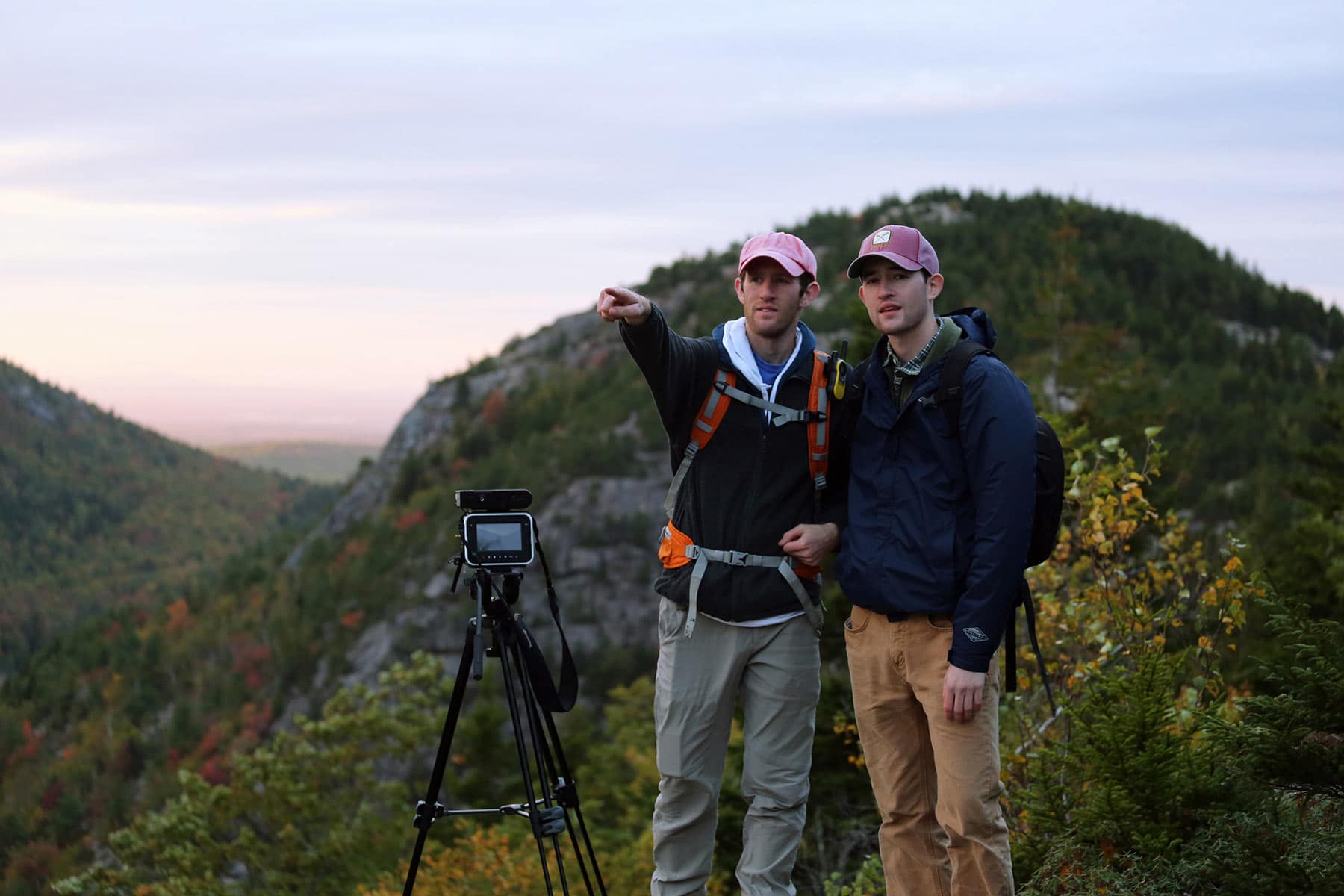
Our goal here at More Than Just Parks is to share the beauty of America’s national parks and public lands through stunning short films in an effort to get Americans and the world to see the true value of land conservation.
We hope you’ll follow our journey through the parks and help us to keep them the incredible places that they are. If you’re interested in joining the adventure, sign up below!
Related Links: California National Parks
California: 20 BEST California National Parks Ranked
Los Angeles: 7 Epic National Parks Near Lost Angeles You’ll Love
San Diego: 7 Amazing National Parks Near San Diego
Redwood: Redwood National Park
San Jose: 7 Best National Parks Near San Jose
Death Valley: Death Valley National Park
San Francisco: 8 Best National Parks Near San Francisco
Pinnacles: 10 Epic Things To Do At Pinnacles National Park
Historic Sites: 15 Must-See Historic Sites In California
National Parks: All 63 National Parks Ranked By Experts
National Monuments: Ultimate List Of National Monuments
Landmarks: 25 Famous Bucket List Landmarks In America (MUST-SEE)
Park Rangers: A Brief (& Informative) History Of America’s National Park Rangers
Gifts: 50 BEST National Park Gifts For The National Park Fan In Your Life
Books: 45 BEST National Parks Books
Revolutionary War Sites: 10 BEST Revolutionary War Sites In America
Civil War Sites: 10 BEST Civil War Sites In America
Civil Rights Sites: 10 BEST Civil Rights Sites In America
National Parks In Movies: Look Familiar? 25+ CLASSIC Movies Filmed In The National Parks
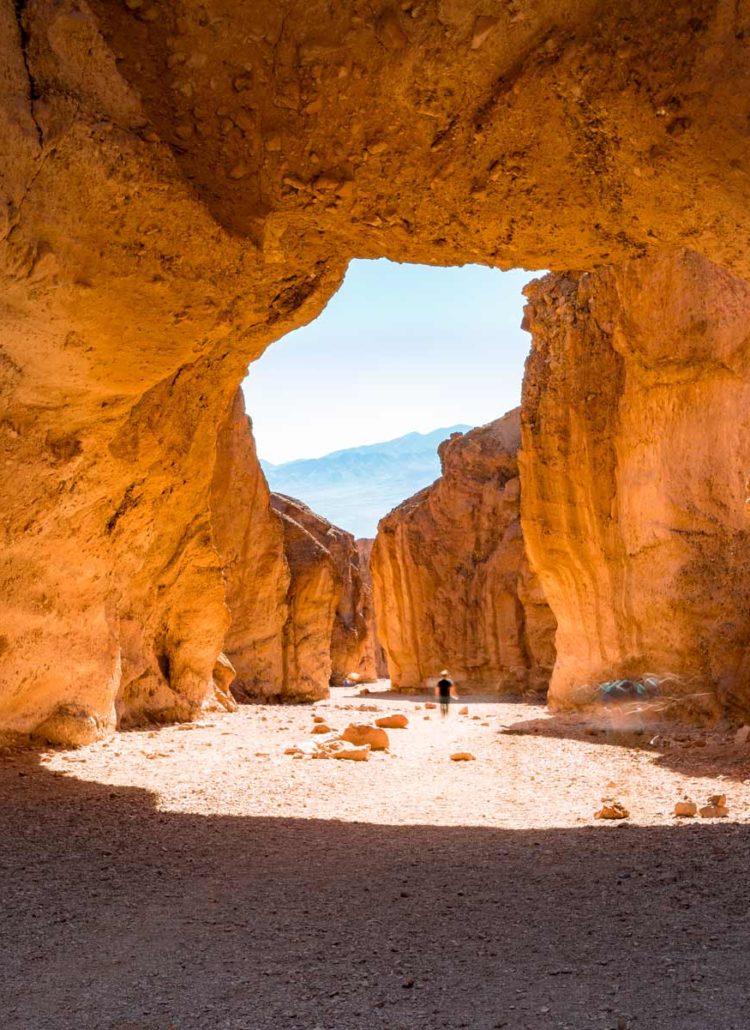
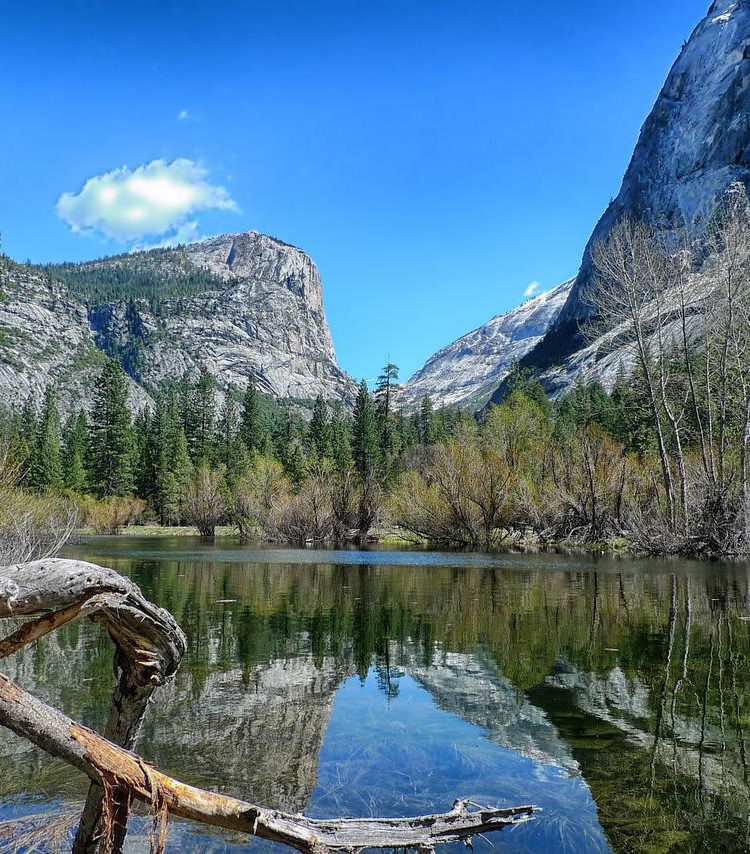
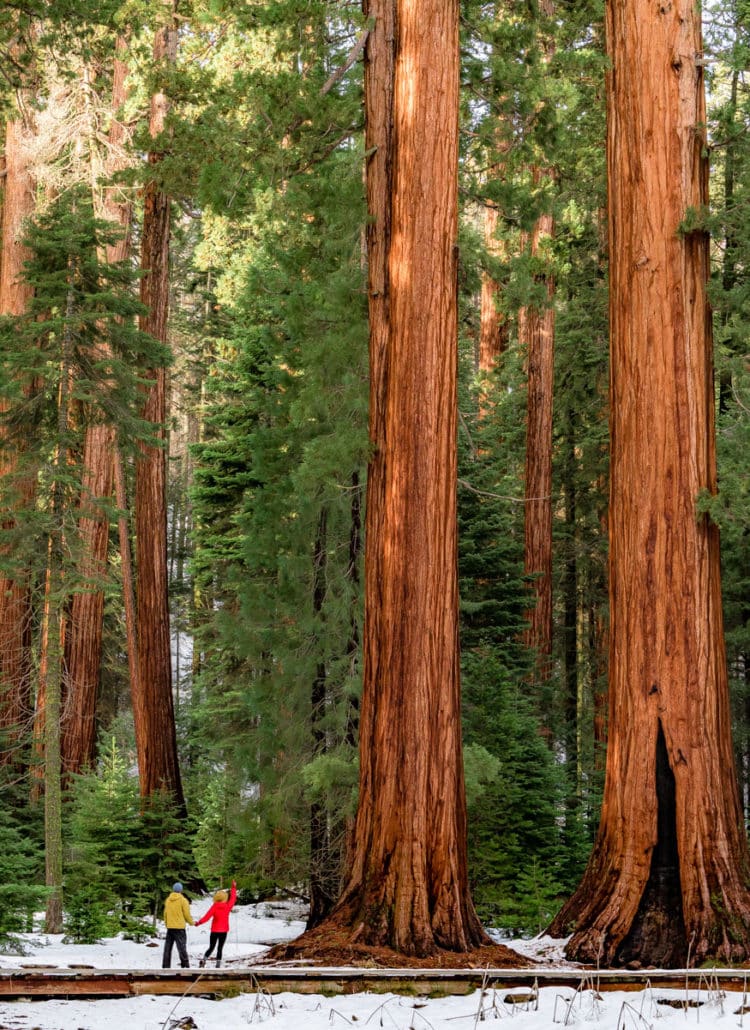
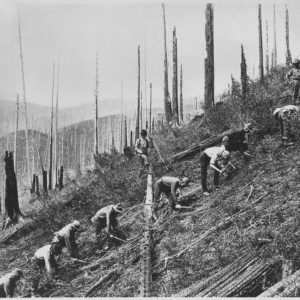

Leave a Reply